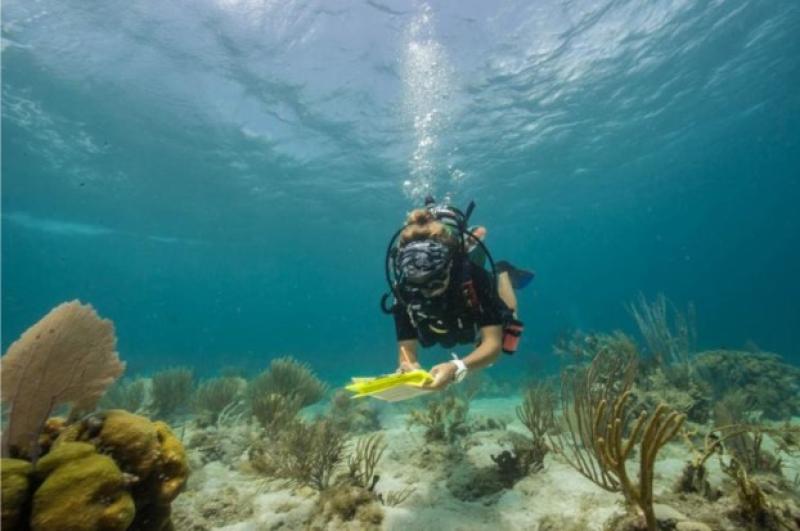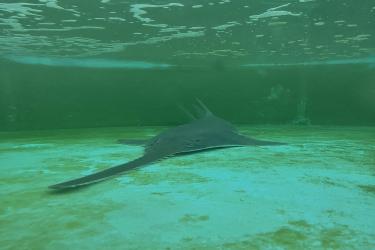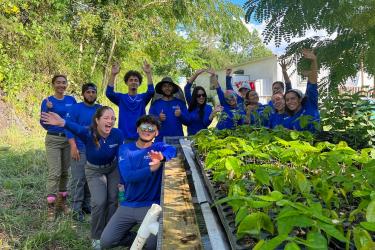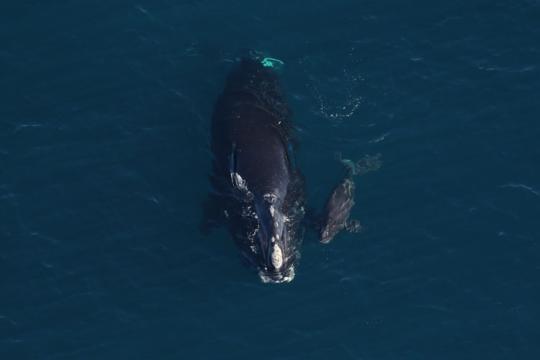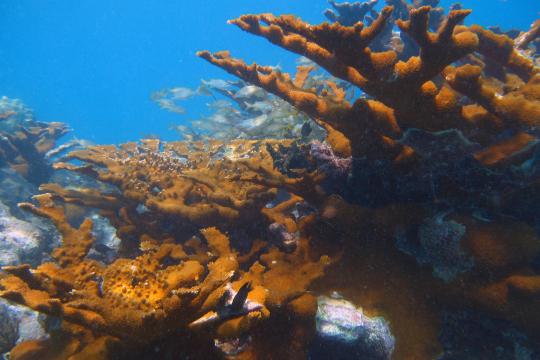Seeing an org chart with a bunch of lines and boxes doesn’t usually explain how an organization really operates. Yet, how an organization is structured is important to how well it runs. In the last few years, NOAA’s Southeast Fisheries Science Center has spent a lot of time looking at how to work more efficiently and effectively. How could we best deliver the services and expertise that people need—and what would it mean for staffing and how best to organize the workforce?
We got extensive feedback from our stakeholders, partners and customers—and completed a professional organizational assessment. Science center leadership then worked closely with the staff to develop a plan … and shook things up.
Organized by Function, not Location
The science center’s workforce was previously organized primarily by location—teams working in facilities around the region who were often focused on local priorities. They weren’t as well-coordinated as they could be to address key regional and national goals. Starting in October, the science center fully realigned all of its divisions by function and areas of expertise. This ensures better coordination of strategic plans, improves the supervisor to employee ratios, and anticipates future needs for the center.
“We realized that one of the legacies of our location-based organizational structure was a tendency to continually add more projects, then vie for resources later,” said Clay Porch, Ph.D., science center director. “In review after review we heard that this model was not sustainable and we needed to be more strategic. We had to step back and look at all of our areas of expertise and responsibilities and reassess how we were working together to achieve our broader goals. In other words, we needed to find a way to get the right people doing the right things—and the first thing we needed to do was to reorganize.”
Six Divisions
The staff, and services and expertise they provide, are now organized into six divisions.
Fisheries Assessment, Technology, and Engineering Support
The Fisheries, Assessment, Technology, and Engineering Support Division provides essential services and development of new innovative technologies to support the center’s mission.
Fisheries Statistics
The Fisheries Statistics Division provides extensive support to management and science. It collects, manages, and disseminates commercial and recreational fisheries statistics. The division works extensively with various internal and external partners to collect the fishery dependent information used to support marine resource management in the region.
Marine Mammal and Turtle Division
The Marine Mammal and Turtle Division supports and conducts science that leads to improved knowledge and meaningful conservation of marine mammals and turtles and their habitats in a changing environment. It helps to achieve NOAA Fisheries' mission of implementing the Marine Mammal Protection Act and Endangered Species Act and making a positive impact on society.
Operations, Management, and Information
The Operations, Management, and Information Division provides administrative and operational services. These include financial and acquisitions, information technology, human resources, facilities management, and safety and environmental compliance to support the center’s staff and research mission.
Population and Ecosystems Monitoring
The Population and Ecosystems Monitoring Division provides data, analytical products, research, and expertise to support NOAA Fisheries priorities. The division carries out fishery-independent surveys and applied research focused on fisheries and habitat ecology, and provides support for ecosystem- and climate-related initiatives in the region.
Sustainable Fisheries
The Sustainable Fisheries Division works in partnership with fisheries managers and constituents to provide reliable scientific advice that enhances the stewardship of marine life. The division also strives to advance scientific knowledge and promote diverse and sustainable fisheries through innovative research and development activities, and the use of advanced technologies.
Looking to the Future
We look forward to continuing to refine and improve on this to better serve our users.
“We anticipate that these changes will be relatively seamless for our stakeholders and partners and that they will soon see some considerable improvements,” said Porch. “Making this change official, is one of the last steps in years of evaluating how to do what we do better—striving for organizational excellence. Change is hard, and I’m really proud of how our people have stepped up to make these improvements.”
